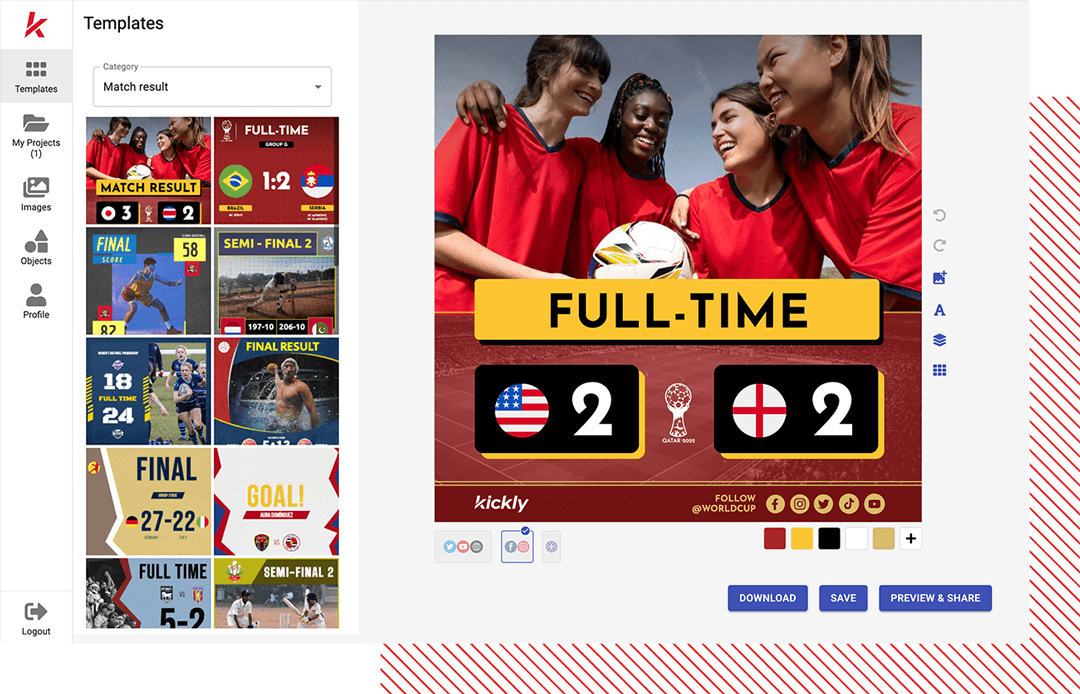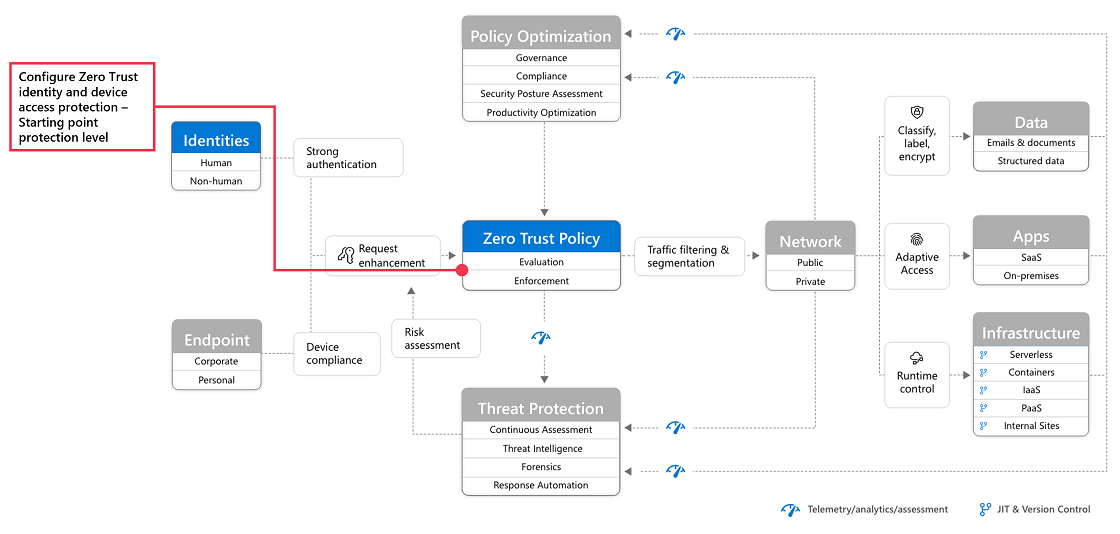In this article, we’ll explore how to structure your baseball lineup effectively and the tools you can use, like baseball lineup maker, to streamline the process.
Kickly: A Game-Changing Solution for Sports Graphics

When managing a baseball team, creating engaging visuals for game lineups, scores, and player statistics can enhance your team’s presence, especially online. Kickly is an innovative online platform designed for sports graphics creation. It offers over 600 customizable templates, enabling teams to design professional-quality visuals in just 2-4 minutes.
Kickly’s user-friendly interface and affordability make it accessible to sports teams of all levels. With users across 33 countries, the platform has received glowing reviews from clubs like Summit Soccer and Philadelphia Lone Star, who praise its efficiency compared to hiring designers. For baseball coaches, Kickly can be an invaluable tool to share game lineups, highlight player achievements, and maintain an engaging digital presence with minimal effort.
Understanding the Importance of a Baseball Lineup
A baseball lineup determines the order in which players bat, as well as their defensive positions on the field. This order isn’t random—it’s a strategic decision influenced by the players’ strengths, weaknesses, and roles within the team. A strong lineup maximizes scoring opportunities, balances power hitters and contact hitters, and minimizes defensive vulnerabilities.
Key Positions and Roles in a Baseball Lineup
When creating a lineup, it’s important to understand the typical roles of each batting position:
- Leadoff Hitter: The first batter needs to have excellent on-base skills, speed, and a consistent ability to make contact.
- Second Hitter: Often a reliable contact hitter, this player should be able to move runners into scoring positions.
- Third Hitter: Typically the team’s best all-around hitter, capable of driving in runs or advancing runners.
- Cleanup Hitter (Fourth): Usually a power hitter with the ability to hit home runs and drive in multiple runs.
- Fifth Hitter: Another strong hitter, often positioned to capitalize on any momentum created by the cleanup hitter.
- Sixth through Ninth Hitters: These spots are filled based on the remaining players, balancing power, speed, and consistency. The ninth spot is sometimes used as a secondary leadoff hitter to set the table for the top of the order.
Steps to Structure a Baseball Lineup
- Evaluate Player Strengths and Weaknesses: Analyze each player’s batting average, on-base percentage, speed, and power. Consider their mental toughness under pressure.
- Identify Key Roles: Assign players to the roles that best fit their skills, keeping the batting order and defensive positions in mind.
- Balance the Lineup: Ensure a good mix of power and contact hitters throughout the lineup to maintain momentum and scoring opportunities.
- Incorporate Lefty-Righty Matchups: Pay attention to pitcher tendencies and adjust your lineup to exploit matchups between left-handed or right-handed batters and pitchers.
- Test and Adjust: Experiment with your lineup during practice games to see how players perform in their assigned roles. Make adjustments based on the outcomes.
The Role of Technology in Baseball Lineup Creation
Managing a team can be overwhelming, but modern tools, such as baseball lineup makers, simplify the process. These digital tools allow coaches to input player data and receive optimized lineups based on various strategies. Here’s why they’re game-changers:
- Efficiency: Save time by automatically generating lineups instead of manually calculating combinations.
- Customization: Adjust lineups based on game scenarios, opponents, or player availability.
- Data-Driven Decisions: Use analytics to create lineups tailored to maximize the team’s potential.
Features to Look for in a Baseball Lineup Maker
When choosing a lineup maker, consider the following features:
- Ease of Use: The tool should have an intuitive interface that doesn’t require extensive technical knowledge.
- Customizability: It should allow for input of specific player stats and team preferences.
- Integration: Some lineup makers integrate with game management platforms for seamless roster updates.
- Mobile Accessibility: A mobile-friendly option makes it easier for coaches to make adjustments on the go.
- Affordability: Look for tools that fit your budget without compromising functionality.
Tips for Building a Cohesive Baseball Team
Beyond lineup creation, here are additional tips for building a successful baseball team:
- Foster Communication: Encourage open communication between players and coaches to build trust and teamwork.
- Focus on Fundamentals: Regularly practice batting, fielding, and base running to keep skills sharp.
- Analyze Opponents: Study opposing teams to develop strategies that exploit their weaknesses.
Conclusion
Creating an effective baseball lineup requires a blend of strategy, analysis, and creativity. By understanding player roles, balancing strengths, and utilizing modern tools like baseball lineup makers and platforms like Kickly, coaches can elevate their team’s performance both on and off the field.
With a thoughtful approach and the right resources, you’ll be well on your way to building a cohesive team ready to tackle any challenge. Remember, a winning lineup isn’t just about skill—it’s about strategy, synergy, and a shared commitment to success.















